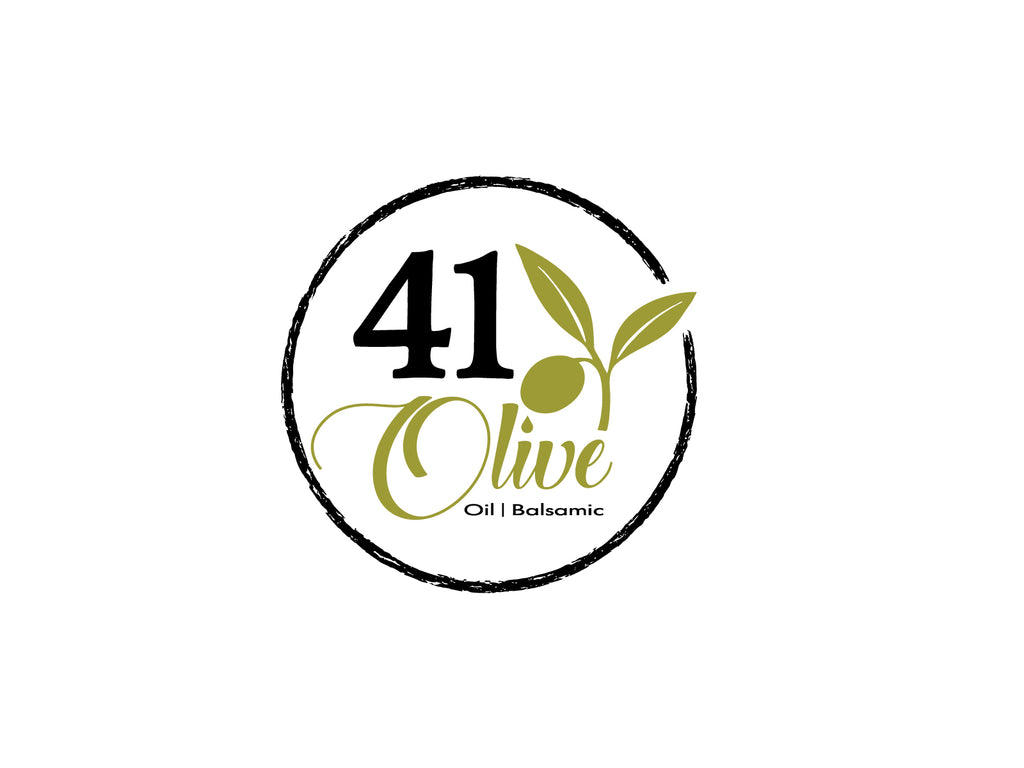How Do I Shop for Olive Oil? A Guide to Finding the Best Oil for Your Taste Buds
Olive oil is a staple in many kitchens around the world, and with so many options available, it can be overwhelming to choose the right one. With different countries, regions, and producers offering their own unique blends, it's easy to get lost in the sea of labels and prices.
But don't worry, we're here to help! In this blog, we'll break down the key factors to consider when shopping for olive oil, so you can find the perfect oil for your taste buds and cooking needs.
-
Type of Olive Oil: There are several types of olive oil, each with its own unique characteristics and uses. The most common types are:
- Extra Virgin Olive Oil (EVOO): This is the highest quality and most expensive type, made from the first pressing of olives and having a low acidity level.
- Virgin Olive Oil: This type is also made from the first pressing of olives, but has a slightly higher acidity level than EVOO.
- Pure Olive Oil: This type is a blend of refined and virgin olive oils, offering a balanced taste and lower price point.
- Light Olive Oil: This type is a blend of olive oils that have been refined to remove impurities and have a lighter taste.
-
Country of Origin: Olive oil is produced in many countries around the world, each with its own unique flavor profile. Some popular countries include:
- Italy: Known for its rich, fruity flavor and high-quality olive oils.
- Spain: Offers a wide range of olive oil styles, from fruity and peppery to buttery and smooth.
- Greece: Produces olive oils with a distinctively robust and peppery flavor.
-
Region: Within each country, there are specific regions that produce olive oil with distinct flavor profiles. For example:
- Tuscany, Italy: Known for its smooth, buttery olive oils.
- Catalonia, Spain: Produces olive oils with a strong, peppery flavor.
- Crete, Greece: Offers olive oils with a robust, fruity flavor.
- Producer: Consider the reputation of the producer and their farming practices. Look for certifications like "organic" or "fair trade" to ensure the oil is produced sustainably.
- Price: Olive oil prices can vary greatly depending on the type, quality, and producer. Set a budget and look for oils that meet your criteria.
Conclusion
Shopping for olive oil can seem intimidating, but by considering the type, country of origin, region, producer, and price, you can find the perfect oil for your taste buds and cooking needs. Remember to look for certifications, read reviews, and taste before you buy to ensure you're getting the best oil for your money. Happy shopping!
